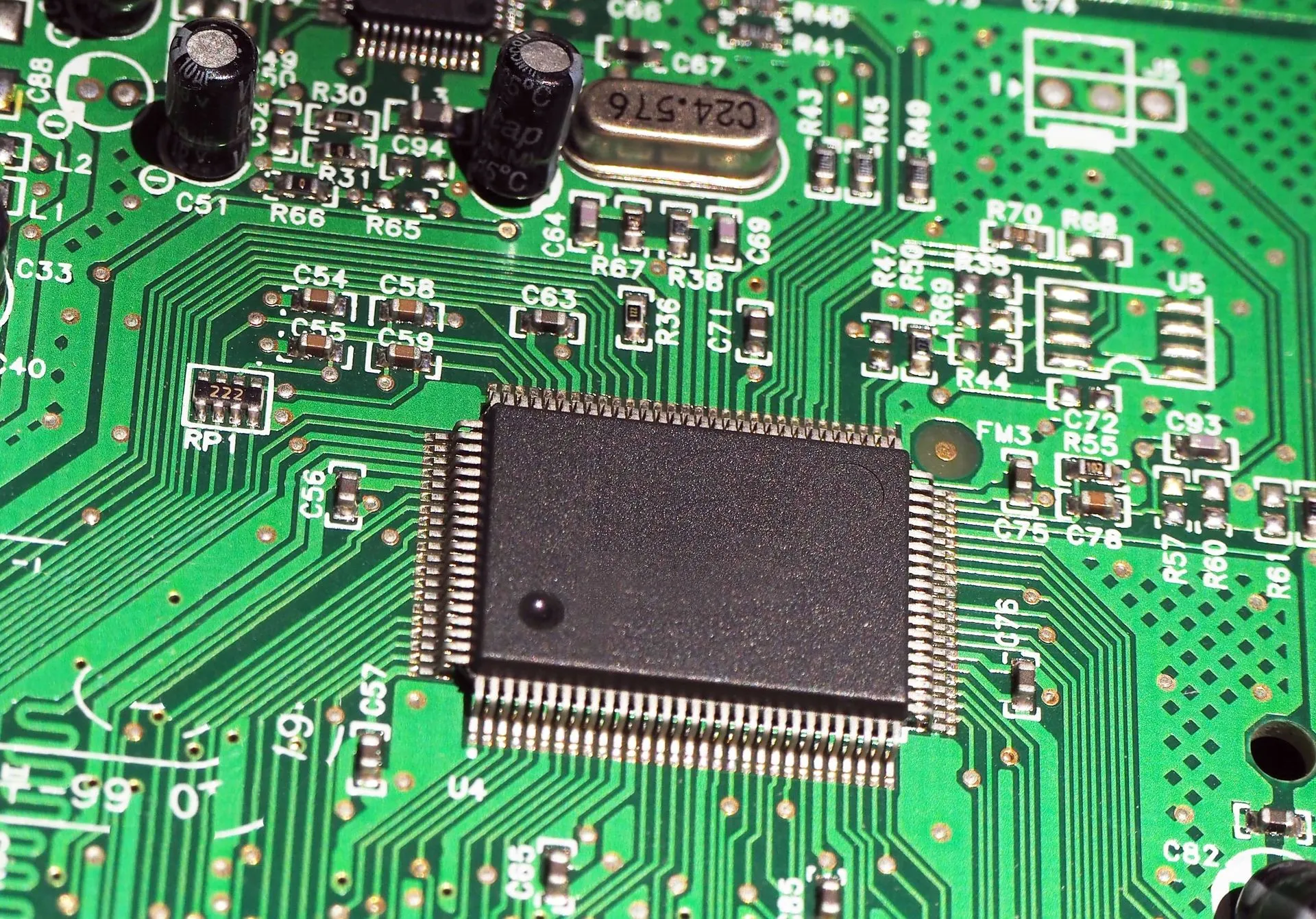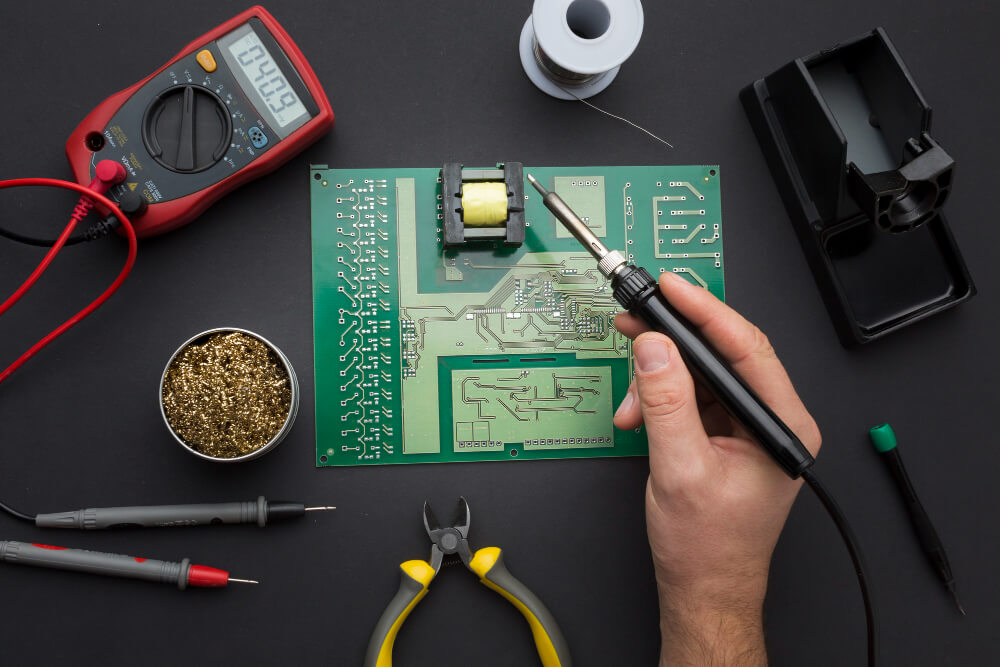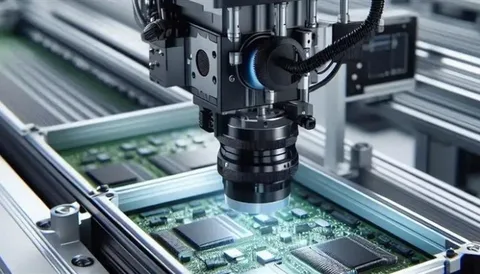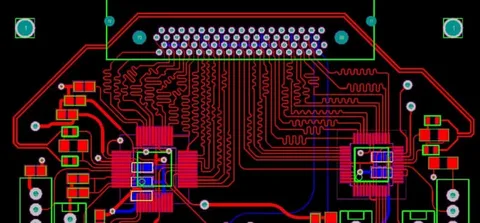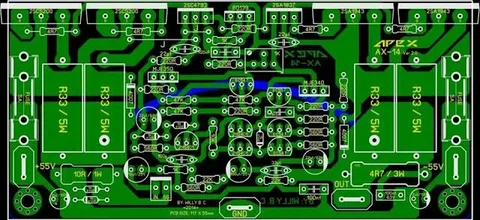The Box Build Process is a critical phase in electronics manufacturing, transforming individual components into a fully functional, market-ready product. This comprehensive guide delves into each stage of the process, offering insights into best practices and considerations to ensure efficiency and quality.
Design and Prototyping
The journey begins with meticulous design and prototyping. Engineers collaborate to create detailed specifications, including schematics, layouts, and 3D models. Prototyping allows for testing functionality and design integrity before full-scale production. This phase is crucial for identifying potential issues early and refining the product design.
Component Sourcing and Kitting
Once the design is finalized, sourcing the necessary components is next. This includes identifying reliable suppliers for PCBs, connectors, and other parts, ensuring components meet quality standards and specifications. Kitting involves organizing all the essentials necessary for a streamlined production process, such as PCBs, enclosures, cables, screws, and other fasteners. Effective kitting ensures that all needed supplies are available before assembly begins, minimizing delays.
Assembly Preparation
Before assembly commences, thorough preparation is essential. This stage involves gathering all necessary tools and equipment, setting up the assembly line for efficiency, and training assembly personnel on the specific requirements of the project. Proper preparation ensures a smooth assembly process and helps in maintaining consistent quality standards.
Component Assembly
The core of the Box Build Process is the assembly of components into the enclosure. This involves several key steps:
- Mechanical Assembly: Mounting brackets, frames, and other mechanical supports.
- Electrical Assembly: Installing PCBs, connecting components using wires and connectors.
- Cable and Wire Harnessing: Planning cable routes, crimping connectors, and securing cables to prevent interference.
- Software Installation: For complex assemblies, installing and configuring software to ensure functionality.
Each step requires precision and attention to detail to ensure the final product operates as intended.
Quality Assurance and Testing
Quality assurance is a critical step in the Box Build Process. This includes conducting thorough inspections of the assembled product, performing functional tests to ensure all components work correctly, and documenting any issues for corrective actions. Testing may include functional testing, thermal testing, and electrical testing to verify all aspects of the assembly meet the required standards.
Packaging and Shipping
Once the assembly is complete and quality checks are passed, the final step is packaging and shipping. This involves preparing the product for shipment, including protective packaging to prevent damage during transit. Labeling and documentation are essential for shipping, ensuring compliance with industry standards and regulations. Coordinating logistics ensures timely delivery to customers or distributors.

Post-Assembly Support
After the product reaches the market, post-assembly support is crucial. This includes providing customer support, handling returns or repairs, and gathering feedback for future product improvements. Effective post-assembly support enhances customer satisfaction and can lead to valuable insights for product development.
Best Practices for an Efficient Box Build Process
- Clear Documentation: Maintain detailed and accurate documentation throughout the process to ensure consistency and traceability.
- Supplier Collaboration: Work closely with suppliers to ensure timely delivery of quality components and to address any potential issues proactively.
- Employee Training: Invest in training for assembly personnel to ensure they are equipped with the necessary skills and knowledge.
- Continuous Improvement: Regularly review and refine processes to identify areas for improvement and to implement best practices.
Conclusion
The Box Build Process is a multifaceted and intricate journey that transforms individual components into a cohesive, functional product. Each stage, from design and prototyping to post-assembly support, plays a vital role in ensuring the final product meets quality standards and customer expectations. By adhering to best practices and maintaining a focus on quality and efficiency, manufacturers can navigate the complexities of the Box Build Process and deliver products that stand out in the market.

